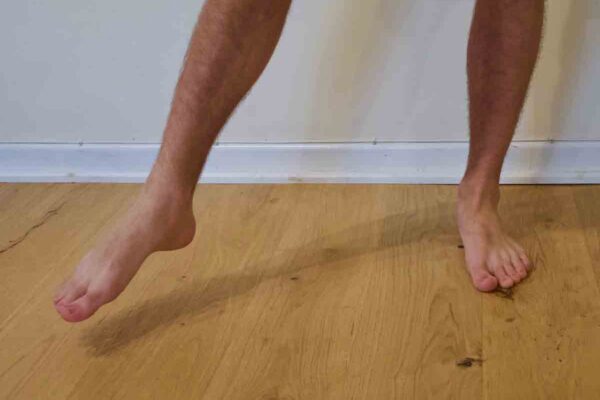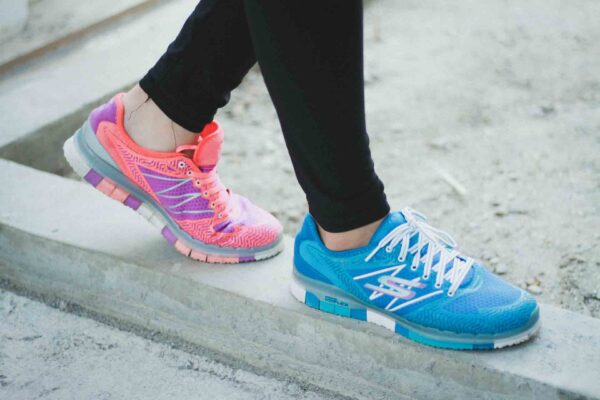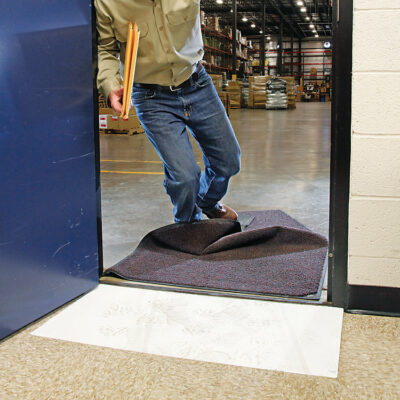Most common reasons for falls
- Your vision may decrease which can lead to falls due to not seeing clearly.
- Chronic health problems such as Parkinson’s, strokes, nerve damage
- Your hips and legs can become weaker making it harder to walk.
- Poor posture or spinal degeneration and osteoporosis make it harder to stand up tall
- The ability to lift our feet decreases as we get older and increases the chance of catching the feet.
- It takes longer to react when we feel we are falling.
- Many drugs interact causing dizziness or decrease balance.
- Low blood pressure can lead to light-headedness increasing our risk of falls.
- Obesity
That is why starting a balance program for the elderly which incorporates strength training, endurance training and balance training is essential in maintaining and promoting good balance.
How do we balance?
Sensory information from your eyes
Visual cues come from our eyes and tell us all sorts of information about our environment. Our eyes help us see and prepare for potential dangers and obstacles which can prevent falls.
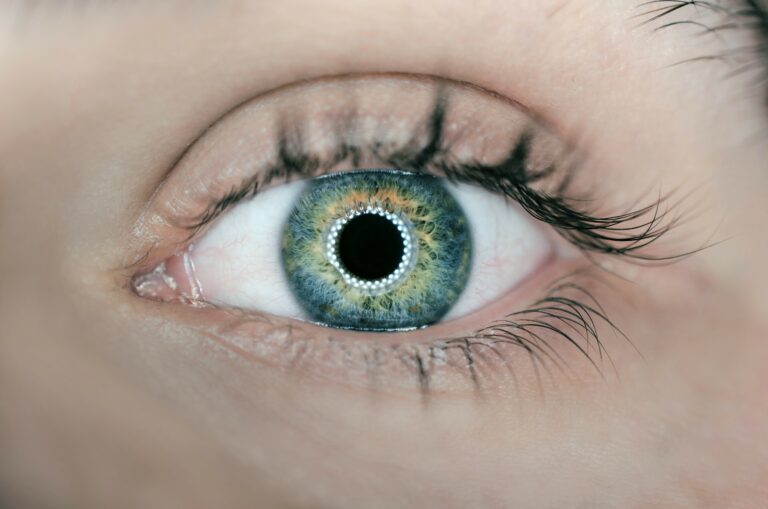
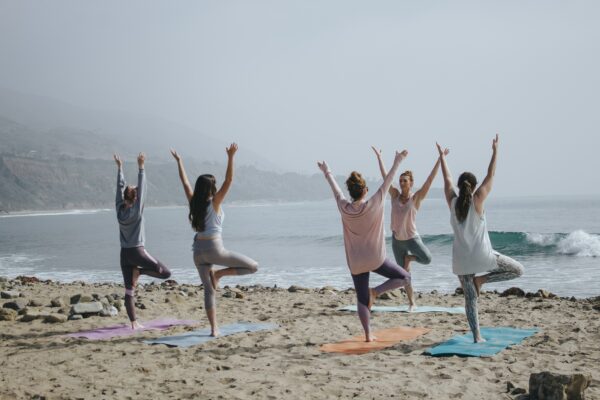
Sensory information from your vestibular system
The inner ear also contains a fluid-filled semicircular canal which gives us important information on the position of our head and its movement in space in relation to gravity.
Each semi-circular canal has a different orientation to detect a variety of movements such as nodding or rotating. Movement of fluid inside the canals caused by head movement stimulates tiny hairs that send messages via the vestibular nerve to the cerebellum.
The two otolith organs (called the saccule and utricle) send messages to the brain about body movement in a straight line (backwards/forwards or upwards/downwards) and also about where the head is in relation to gravity, such as tilting, leaning or lying down. These organs contain small crystals that are displaced during these movements to stimulate tiny hairs, which transmit the message via the vestibular, or balance nerve to the cerebellum.
Position feedback from eyes, skin, muscles and joints
The vestibular system (inner ear balance mechanism) works with the visual system (eyes and the muscles and parts of the brain that work together to let us ‘see’) to stop objects blurring when the head moves. It also helps us maintain awareness of positioning when, for example, walking, running or riding in a vehicle. In addition, sensors in the skin, joints and muscles provide information to the brain on movement, the position of parts of the body in relation to each other, and the position of the body in relation to the environment. Using this feedback, the brain sends messages to instruct muscles to move and make the adjustments to body position that will maintain balance and coordination.

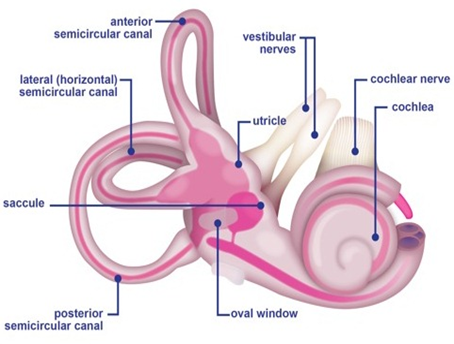
Sensory information from your joints
Sensory feedback from your ankles, knees and hips all help keep us upright and stable as we move.
When all these systems are working together automatically with our musculoskeletal system we can stay active and balanced.
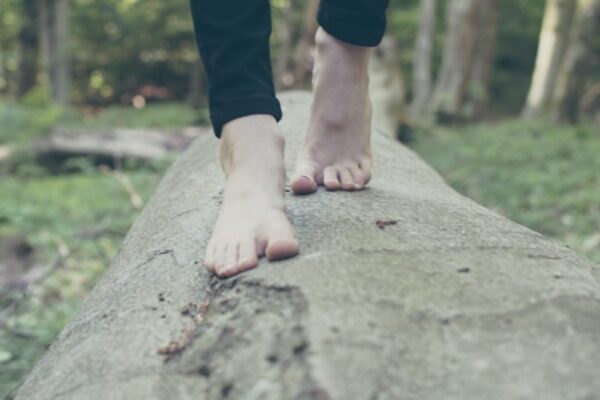
With a medical alert system with fall detection and GPS monitoring, you’ll be protected wherever you go should a fall occur. Another great remedy for falls is exercise. The more time you spend stretching and exercising, the more able you will be to right yourself if you start to fall and you will find it easier to get back up and recover from the fall.
Being fit as you age means keeping up with your flexibility, strength, and exercise training. Your exercise routine does not have to have to be high-impact.
It is best to get into a regular exercise routine which includes balance exercises.
Exercises that strengthen the core muscles, use both mind and body, and let you practice balancing on one foot are especially beneficial.
Regular exercise you can vastly improve your balance and muscle strength which can help prevent falls and help you walk unaided for longer
Here are links to some exercises to improve your Balance
